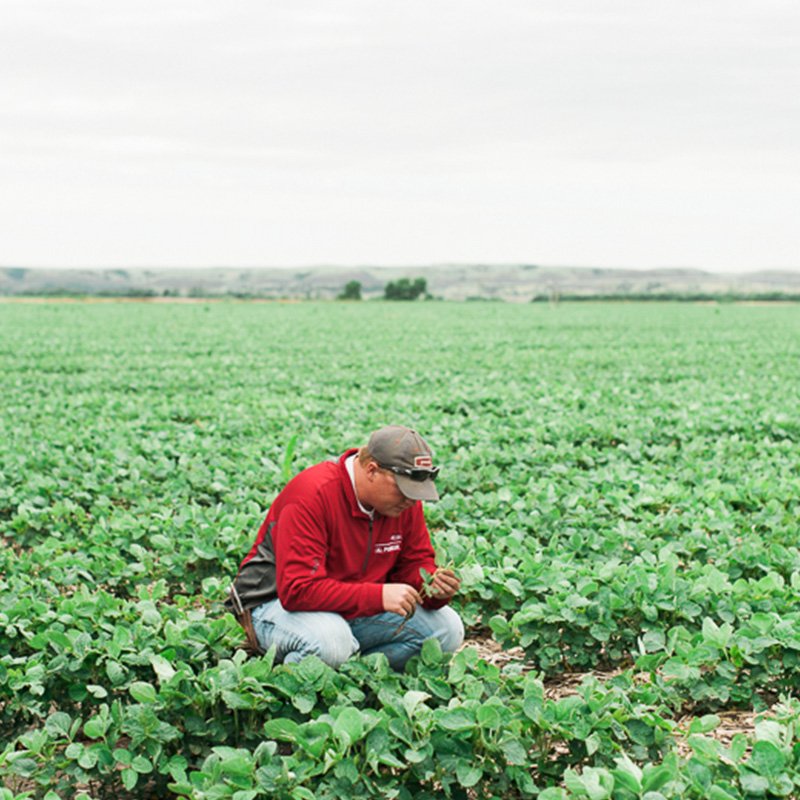The Top Five Most Interesting Uses of Soy
When it comes to soy, there’s a good chance the first thing you think of is soymilk, tofu or edamame. Soy is included in many food products as a source of protein. What you probably didn’t know is that soybeans are a sustainable component to many non-food products we use every day.
While food-grade soybeans are used in all those tasty foods on our plates, the oil from commercial-grade soybeans can be used as a green alternative in renewable products. From adhesives to plastics, soybeans provide us with a variety of uses and products.
1. Crayons – Did you know that one acre of soybeans can make 82,368 crayons? Certain crayons are made up of 85 percent soybean oil, replacing the standard, petroleum-based paraffin wax crayon. The soybean oil base provides a natural, non-toxic crayon.
2. Livestock feed – Soybeans are made up of 80 percent soybean meal and 20 percent soybean oil. 98 percent of the soybean meal produced in the United States goes to feed livestock, so that bacon on your table probably got its protein from U.S. soybeans.
3. NASCAR racing tires – Soybean oil is used in rubber compounds by Goodyear Tire & Rubber. Soybean oil can increase tread life and reduce the tire maker’s use of petroleum-based products.
4. Synthetic turf – The Sanford Jackrabbit Athletic Complex at South Dakota State University (SDSU) is an indoor athletic complex with a synthetic turf field containing a soy-based backing product. In an effort to promote sustainability and agriculture, SDSU made this change to support our state’s number one industry: agriculture.
5. Soy-backed mats at the Pentagon – Covering more than 6.5 million footsteps in our nation’s defense headquarters, these mats span about one-fifth of an acre of the Pentagon’s floors. The mats are recycled, recovered and made from sustainable materials, including renewable, soybean-based polyols.
As consumers demand more sustainable products, bio-based items are leading the way. According to the United Soybean Board, more than 800 soy-based products have been developed since 1990, putting a whole new spin on “going green.”






